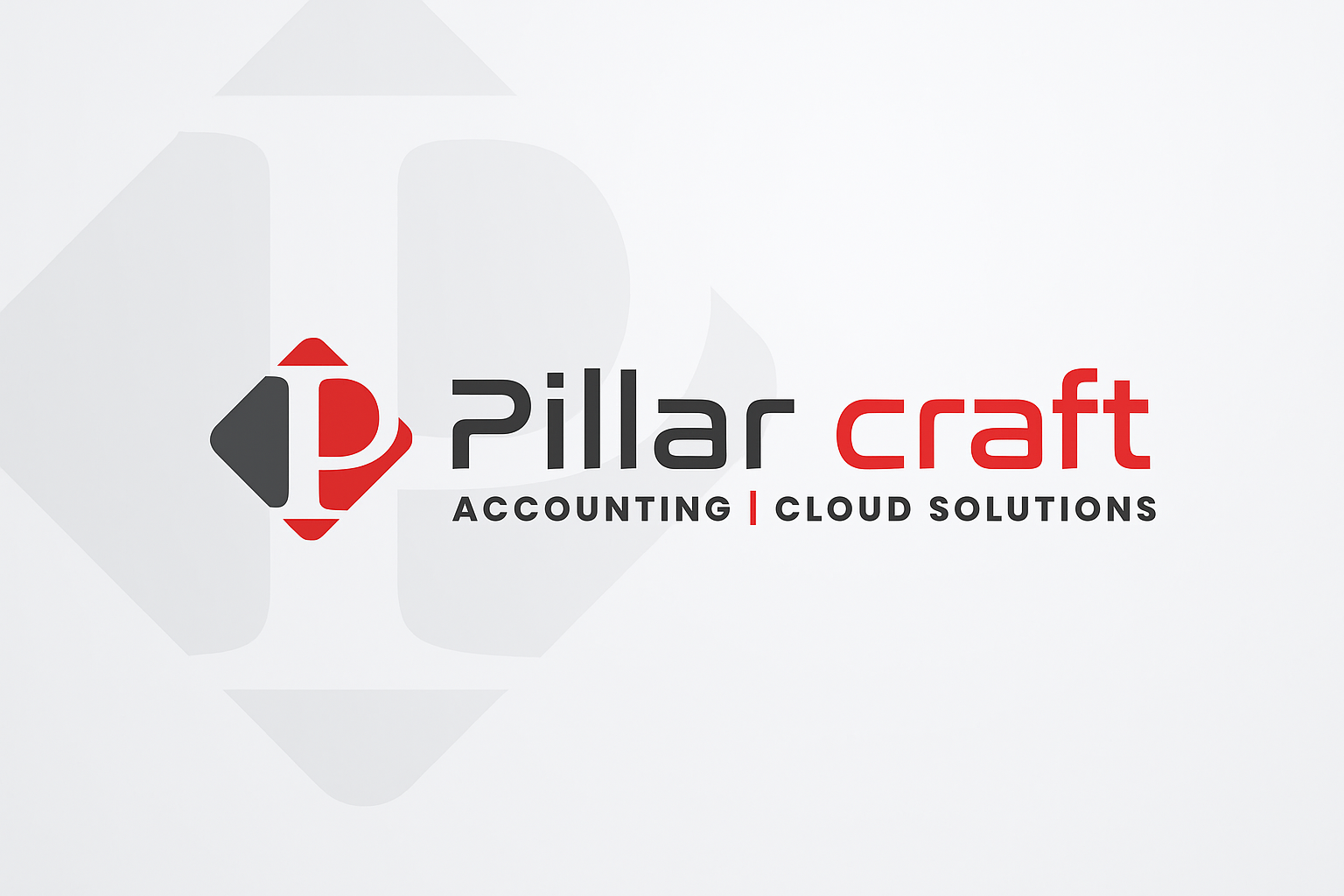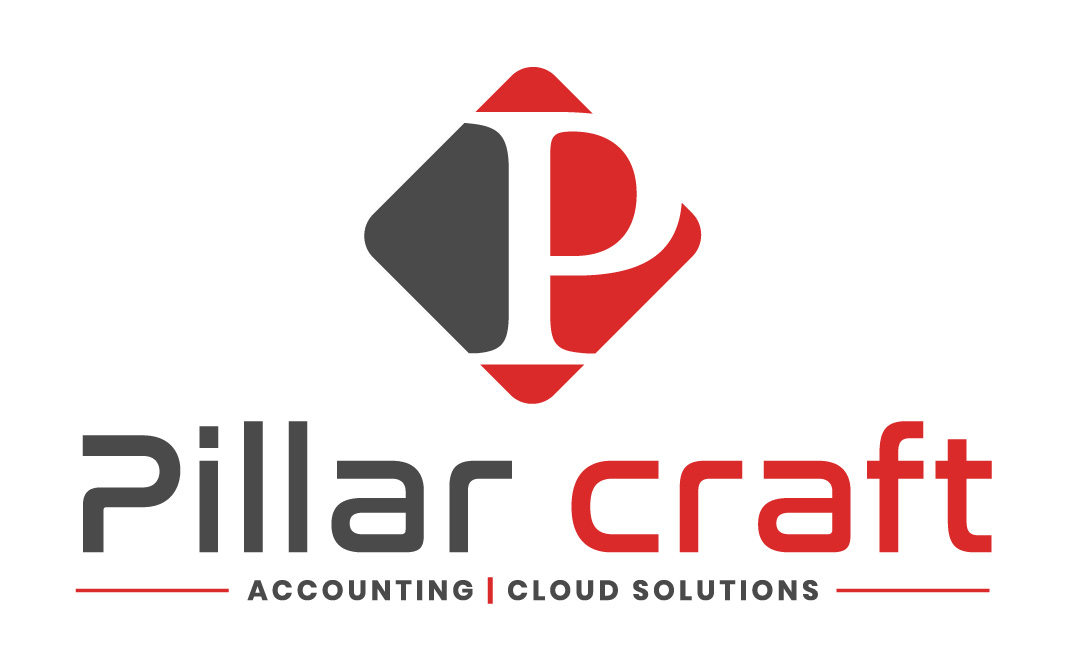We’re Rebuilding for the Future: Welcome to Pillarcraft 3.0
We're Undergoing Maintenance
Our website is currently under maintenance as we work on something exciting.
We're rebuilding and rebranding to launch Pillarcraft 3.0 — a better, smarter, and more powerful experience for our clients and partners.
Stay tuned.
We can't wait to show you what's coming!
For urgent inquiries:
📩 bayode.agbi@pillarcraft.com
📞 +234 803 321 9619

